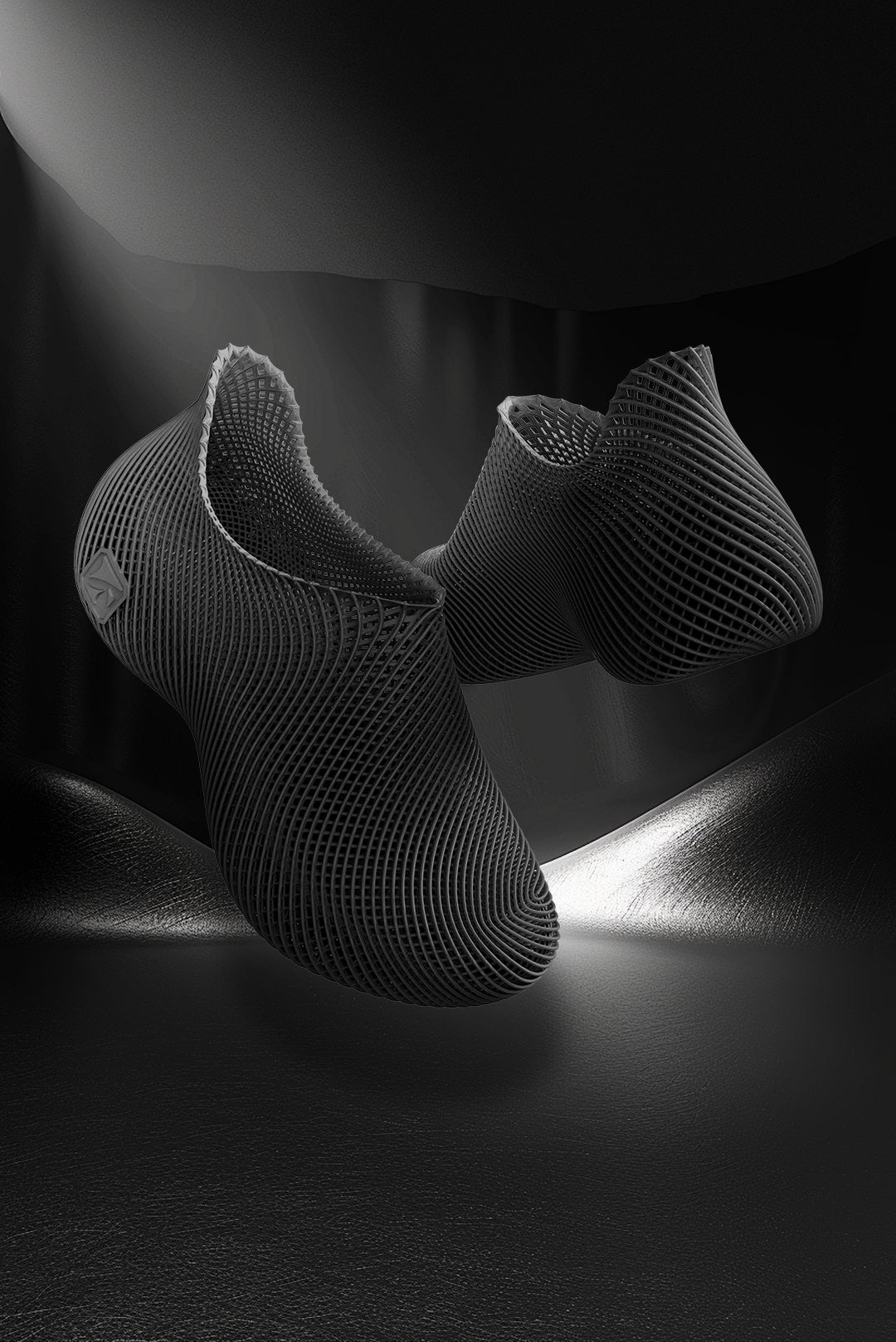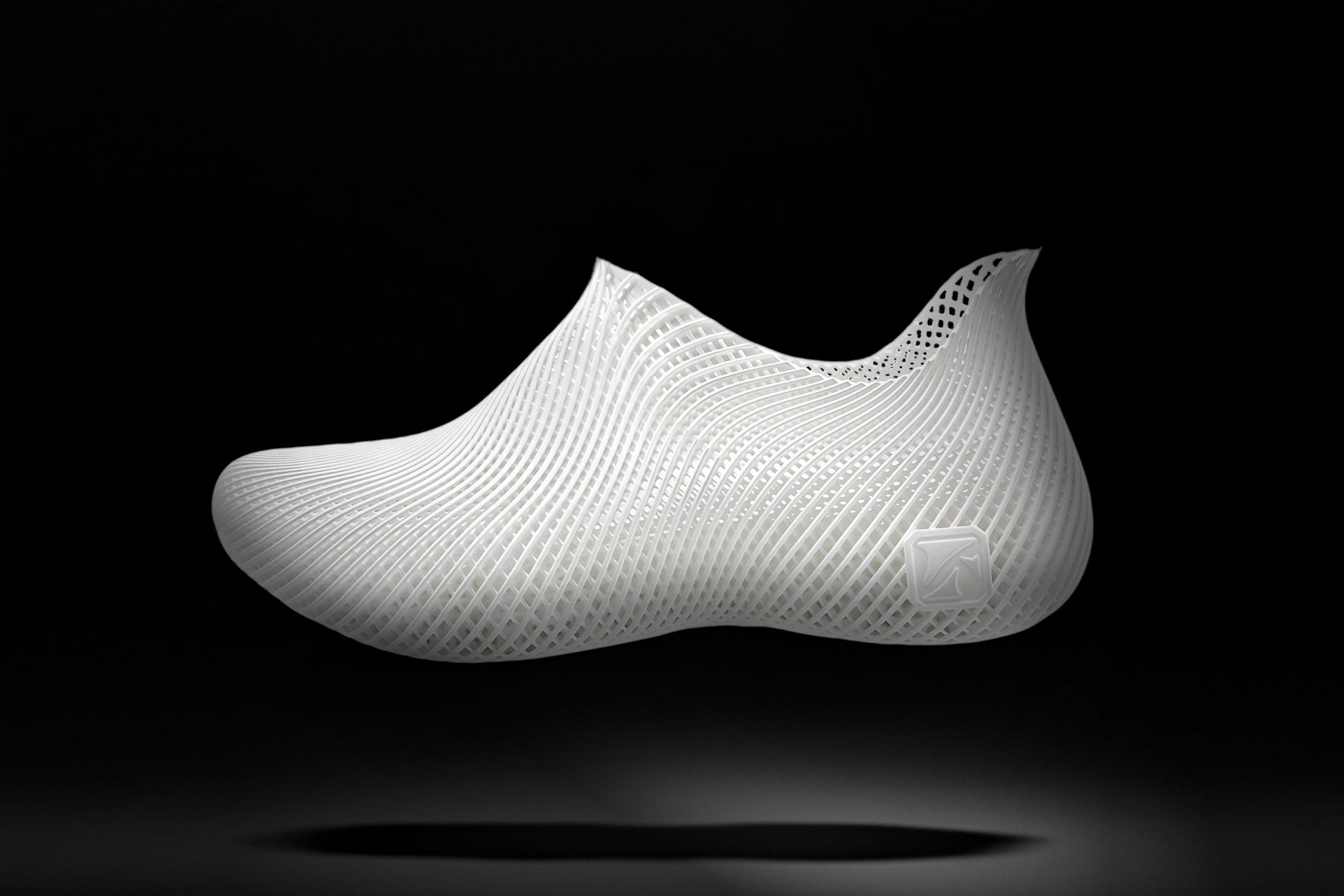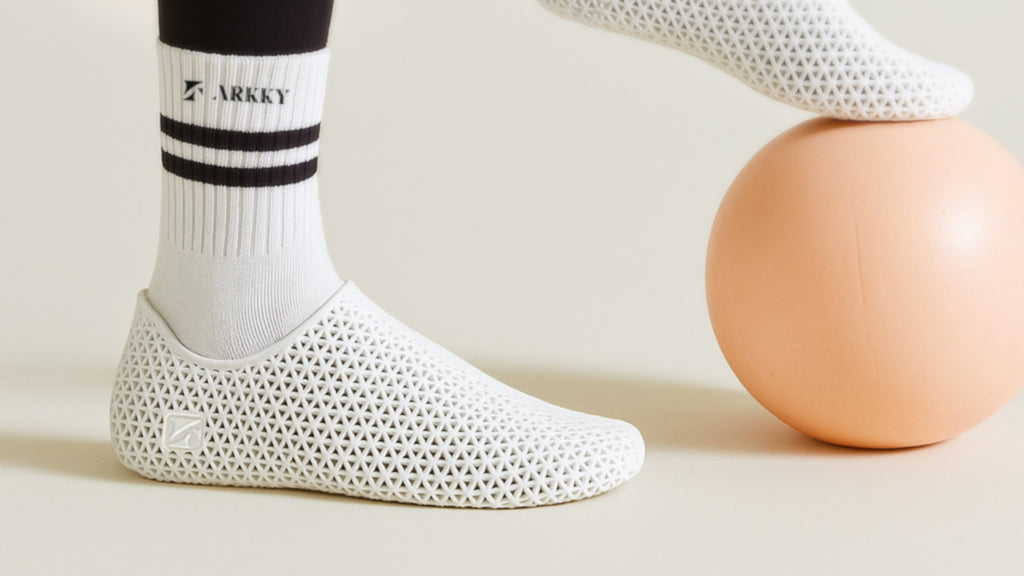3D printed shoes are footwear created using 3D printing technology, which involves building the shoes layer by layer from various materials such as plastics, resins, and even metals. This innovative manufacturing process allows for highly customizable designs, rapid prototyping, and efficient production. Here are some key points about 3D printed shoes:
- Customization: 3D printing allows for personalized shoe designs tailored to the specific measurements and preferences of the wearer.
- Sustainability: The technology reduces waste by using only the necessary amount of material and can incorporate recycled materials.
- Innovation: Enables complex geometries and structures that are difficult or impossible to achieve with traditional manufacturing methods.
- Speed: Rapid prototyping and production can significantly shorten the time from design to market.
Comparison of Traditional vs. 3D Printed Shoes:
| Aspect | Traditional Shoes | 3D Printed Shoes |
|---|---|---|
| Production Time | Longer due to multiple manufacturing steps | Shorter, with rapid prototyping |
| Customization | Limited, often requires manual adjustments | High, tailored to individual specifications |
| Material Waste | Higher, with excess material and offcuts | Lower, using only necessary material |
| Design Complexity | Limited by traditional manufacturing methods | High, allows for intricate designs |
| Cost | Variable, often higher for custom designs | Potentially lower for custom designs |
3D printed shoes are revolutionizing the footwear industry by offering innovative solutions that cater to modern consumer demands for customization, sustainability, and unique designs.







Share:
Are 3D printed shoes easy to clean?